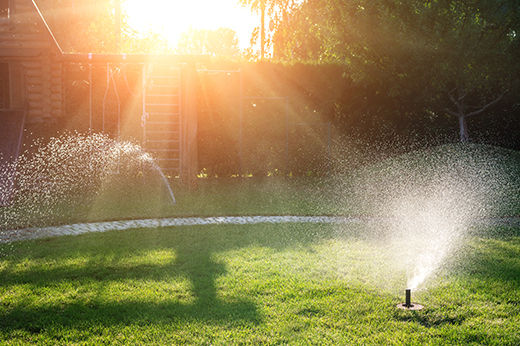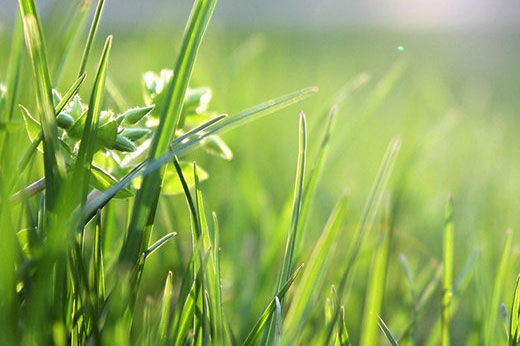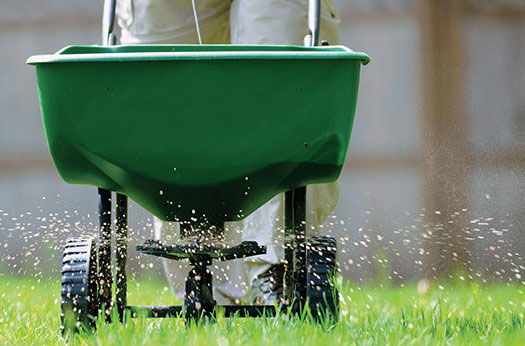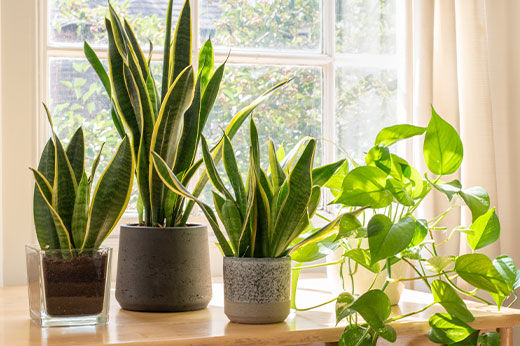While do-it-yourself projects can be fun and fulfilling, there is always a potential for personal injury or property damage. We strongly suggest that any project beyond your abilities be left to licensed professionals such as electricians, plumbers, and carpenters. Any action you take upon the information on this website is strictly at your own risk, and we assume no responsibility or liability for the contents of this article.
How to Clean Vinyl Siding on Your Home
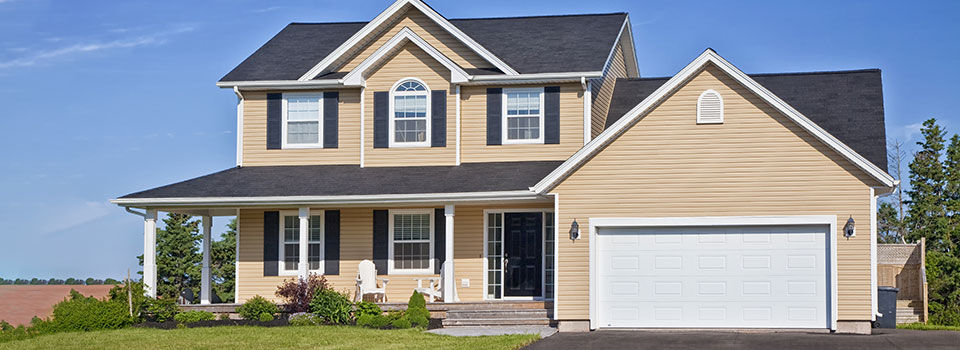
Vinyl siding is often advertised as maintenance-free compared to wood or cement siding because it doesn’t require painting like the other materials. However, vinyl still needs routine cleaning to keep grime, dust, and algae from damaging the siding. Many homes that are only a few years old can begin to lose their luster without the occasional cleaning to remove dulling dirt. It takes a little physical labor to remove dirt and debris from vinyl siding, especially on older siding that has become fragile from daily sun exposure for years. Stick to the tried and tested methods for cleaning recommended by the manufacturers of vinyl siding products.
Grab a Telescoping Handle and a Soft-Bristled Brush
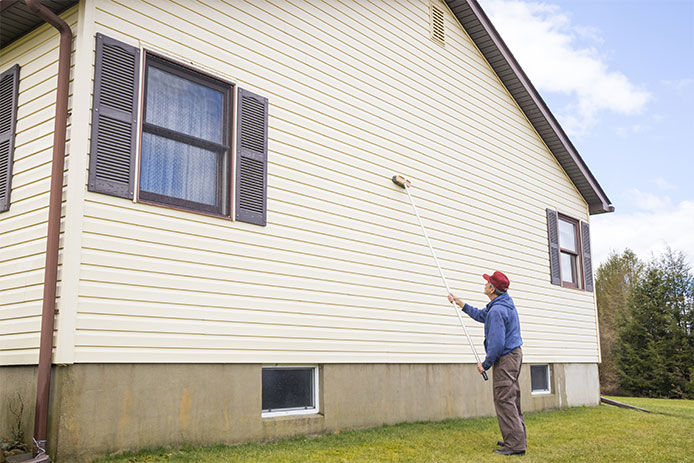
The basic cleaning method recommended by most manufacturers is the use of a soft-bristled brush to scrub the surface with your desired cleaning product. You’ll need a low-pressure sprayer to coat the siding evenly with the cleaning product, which can be as simple as a mixing attachment for your garden hose. Then you’ll need a telescoping handle to attach to the bristled brush to ensure you can reach every inch of the siding. For large homes, it may be necessary to get on a ladder or rent scaffolding to reach the upper floors safely. Hard-bristled brushes may scratch or crack the siding, so they should be avoided except for spot treatment of the most stubborn patches of grime or lichens.
Try a Wide Variety of Cleaning Products

There are many products recommended as safe and effective by the manufacturers of vinyl siding. Having a variety is good because different stains and grimes need different approaches. An oily spot will respond to a different cleaning approach than a powdery deposit of pollen. Some of the many safe options include:
- Commercial cleaning products designed for cleaning vinyl siding specifically, especially those made to reduce damage to surrounding landscape features
- A 30/70 mix of household vinegar to the water, which loosens dirt and debris with minimal effects on the landscape
- A combination of 50/50 ammonia and water, which is more aggressive on tough stains without risking lightening or staining of the vinyl
- Oxygen bleach mixed to the recommended strength, a powerful treatment for lifting stains with minimal chances of siding damage
- Non-abrasive bathtub or vinyl floor cleaning products
- Lichen- and algae-removing products, as long as they’re safe for vinyl siding application.
Avoid abrasive cleaning products and those not specifically recommended by the manufacturer.
Work From the Top Down
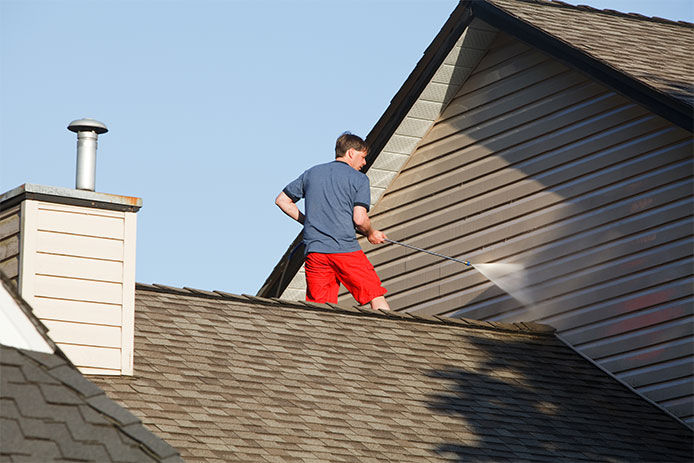
For a clean finish without streaks or smears, start scrubbing and rinsing from the top edge of the siding on each side of the house. After scrubbing the top 3 to 5 sections of siding, rinse thoroughly so that the cleaning products don’t get a chance to dry on the surface. Continue this process down the siding until you reach the foundation or the ground.
Use a Comfortable Sprayer Nozzle

With all the spraying it takes to rinse the soap or cleaning products off the siding, it’s easy to get a sore hand from squeezing a metal or plastic sprayer nozzle. Look for a higher-quality hose sprayer nozzle attachment with a larger and more ergonomic handle. Locking nozzles and those with multiple spray patterns are also required to take some of the work out of the task.
Stick to Low-Pressure Washers

If pressure washing is the only way to knock loose stubborn debris or to reach high parts of the home, stick to a low-pressure washer. High-pressure equipment or settings will only damage the siding, either by cracking or etching it. As with the scrubbing process, begin at the top and work downward from side to side. Apply cleaning products first in small sections, then rinse them clean to avoid damage to the vinyl material from letting the chemicals stand too long or dry on the surface.
Vinyl siding can stay looking like new with only routine cleaning once every few years. In particularly humid climates where algae is a problem, you may want to apply a protective spray between cleanings to reduce growth that is hard to remove after it settles in. This can reduce the need to clean the vinyl siding every single summer, which can add wear to the material as well.
